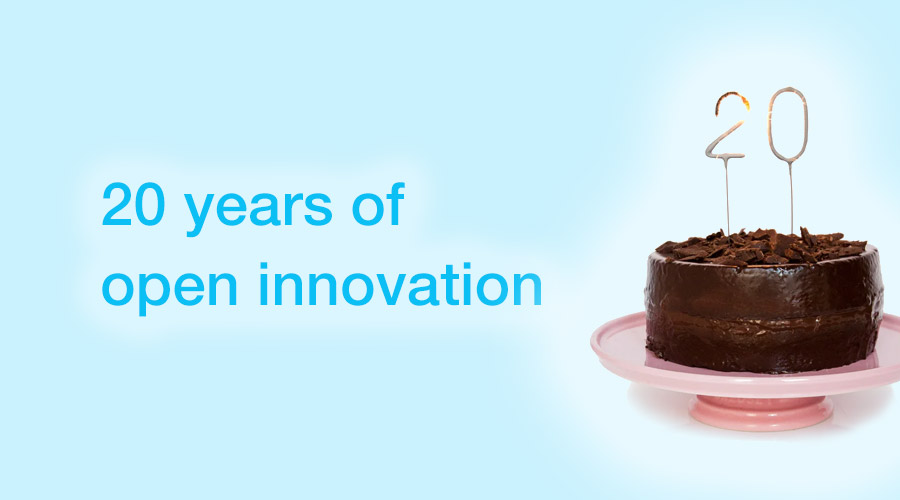
Open innovation is not new. Eliciting customer and expert feedback was always an important part of business. There was probably someone in Ancient Egypt who practiced some form of open innovation. So open innovation was not invented in 2003. It was defined. And defining it made it systematic and accelerated its adoption.
Before it was defined in Henry Chesbrough’s 2003 book it was done informally and intuitively. It was done sometimes with few closest people when managers felt like it. Even this gave results thanks to open innovation efficiency, but it was far from what a systematic activity could offer.
Today, 20 years after, many managers are aware of open innovation but are still searching what to do. They are using spreadsheets, email, chats, survey polls – basically anything they can get their hands on without actually committing to a standard open innovation solution. Also, many managers still do not accept that open innovation requires payment – without payment it is not a fair exchange of ideas.
But there is a light at the end of the tunnel. Also, open innovation is accepted at the highest level of government and management as equal to cloud and cyber security. Institutions are investing in it and promoting it more. Every day more companies and managers learn how to do it, which tools to use, who is an expert and who isn’t, what are the desired results, and – most importantly – what to do with the results.
In the next 10 years, by 2033, adoption of open innovation will accelerate even more. Every company and industry will have its own specific approach of innovating together with customers and experts. Open innovation will become as normal as having a website or an Instagram account. The first 20 years show a huge leap, which means that the next 10 years will be even faster.
To start using open innovation in your company email Andrea at andrea@openinnovation.me.
| previous | next |

